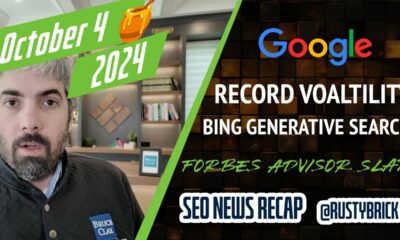This week, the PGA TOUR announced a partnership with experience management (XM) technology company Qualtrics to begin a multiyear transformation of fan experience across all touchpoints for tour events.
The PGA TOUR will use Qualtrics’ XM, which includes Qualtric Social Connect and Qualtrics Customer and Employee XM products, to draw insights from how fans engage with digital platforms at tournaments and determine ways to improve the experience. This, in turn, will help meet the goal of cultivating new fans, as well, according to Travis Trembath, vice president fan engagement for PGA TOUR.
Improving the fan’s journey. “There are several stages in a tournament attendee’s journey, each which can make or break someone’s overall experience — from parking, to food and beverage, to restrooms and venue sight lines,” said Trembath. “Our goal is to improve all aspects to provide fans a best-in-class experience from start to finish.”
The journey also includes different levels of engagement through digital experience (DX) touchpoints. For instance, some fans use the PGA TOUR app while on-the-go to check scores and tournament news. Other fans want a more engaged DX that complements a tour telecast on a second screen. And there are also fans who seek out stats and other content relating to fantasy sports and betting.
“The partnership with Qualtrics will enable us to gain a deeper understanding of fan preferences across all of these channels and allow us to begin to optimize the experience on our existing platforms for different types of fans that consume the tour in different ways,” Trembath said.
Read next: What is a digital experience platform or DXP?
Feedback front and center. What will fuel the transformation? Feedback from fans. The tour already sends surveys to ticket buyers and a fan panel following an event. They also use social media listening tools. PGA TOUR will use the XM products to build out holistic fan profiles to make the feedback, and eventual improvements, more comprehensive.
“One potential outcome of getting closer to our fans is that we may very well uncover new ways to engage fans that we had not previously contemplated or implemented,” said Trembath.
For current touchpoints, insights from customer preferences will inform the kind of content this is produced and distributed on digital channels.
“We understand our fans are looking for more immersive on and offline experiences; they want more behind-the-scenes access and content from our world-class athletes,” Trembath explained. “Qualtrics XM products will allow us to dig deeper and use a more systematic approach to learning about our fans’ preferences and experiences, and enable us to connect the dots to build more holistic profiles of our fans’ behaviors across multiple touchpoints.”
Read next: How to tackle the challenges of running successful hybrid events
Implementing Qualtrics XM. “The initial rollout will be focused on identifying macro insights that can be used to improve the overall experience for fans around the world,” said Trembath.
As a phase two, PGA TOUR will integrate fan preferences into their first-party fan database, resulting in more personalized experiences.
“The Qualtrics platform will be complementary to our Adobe digital marketing products and AWS data and analytics tools, enhancing our overall capabilities when it comes to learning and engaging our fans,” Trembath said.
Timeline for rollout. Some Qualtrics XM elements will be deployed this fall, including collecting feedback from websites, apps and social media.
Real-time feedback through the Qualtrics XM platform will be incorporated into some tournaments in Q1 2023. The tour will use insights to make improvements to experience on-the-fly. Additionally, post-event feedback will be used to improve experience at specific annual tournaments the following year.
“As we uncover opportunities to improve the fan experience, we will act on them immediately,” said Trembath.
Get MarTech! Daily. Free. In your inbox.
Why we care. Golf tournaments have many of the same touchpoints as stadium sports, even if the golf course is a more open, outdoor venue. You have parking, ticketing, concessions and, of course, the game itself. With a lot of downtime between swings there’s also more opportunity for fans to consume content on a mobile device. So there is definitely a need to make sure that the experience is first rate. And who is a better authority on how to improve the experience than the fans themselves?
Golf fans who also play the game have seen more technology at many high-end courses, so it’s reasonable to assume that they expect the experience at tournaments to continue to improve.















![YouTube Ad Specs, Sizes, and Examples [2024 Update] YouTube Ad Specs, Sizes, and Examples](https://articles.entireweb.com/wp-content/uploads/2024/06/YouTube-Ad-Specs-Sizes-and-Examples.jpg)















You must be logged in to post a comment Login